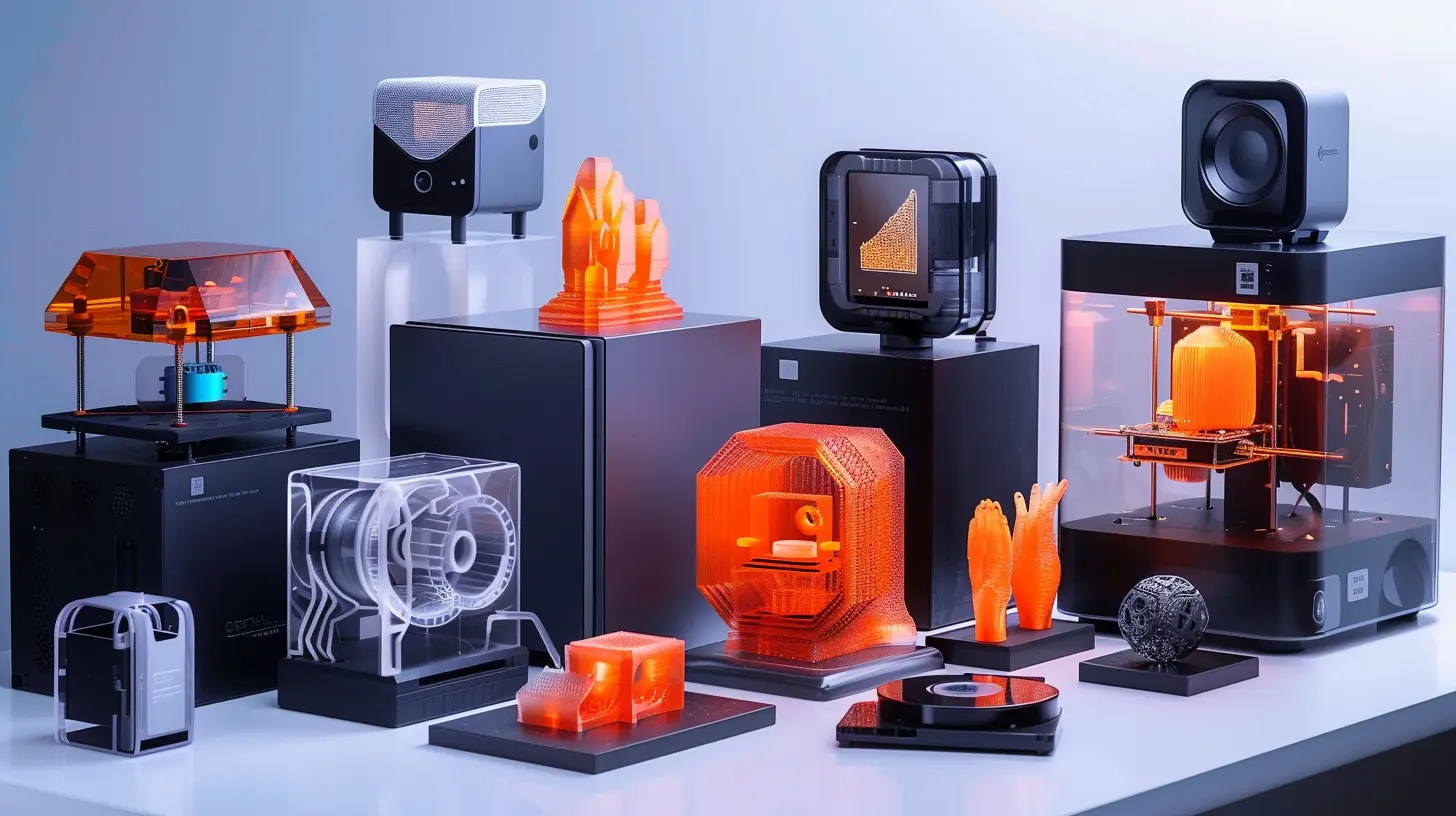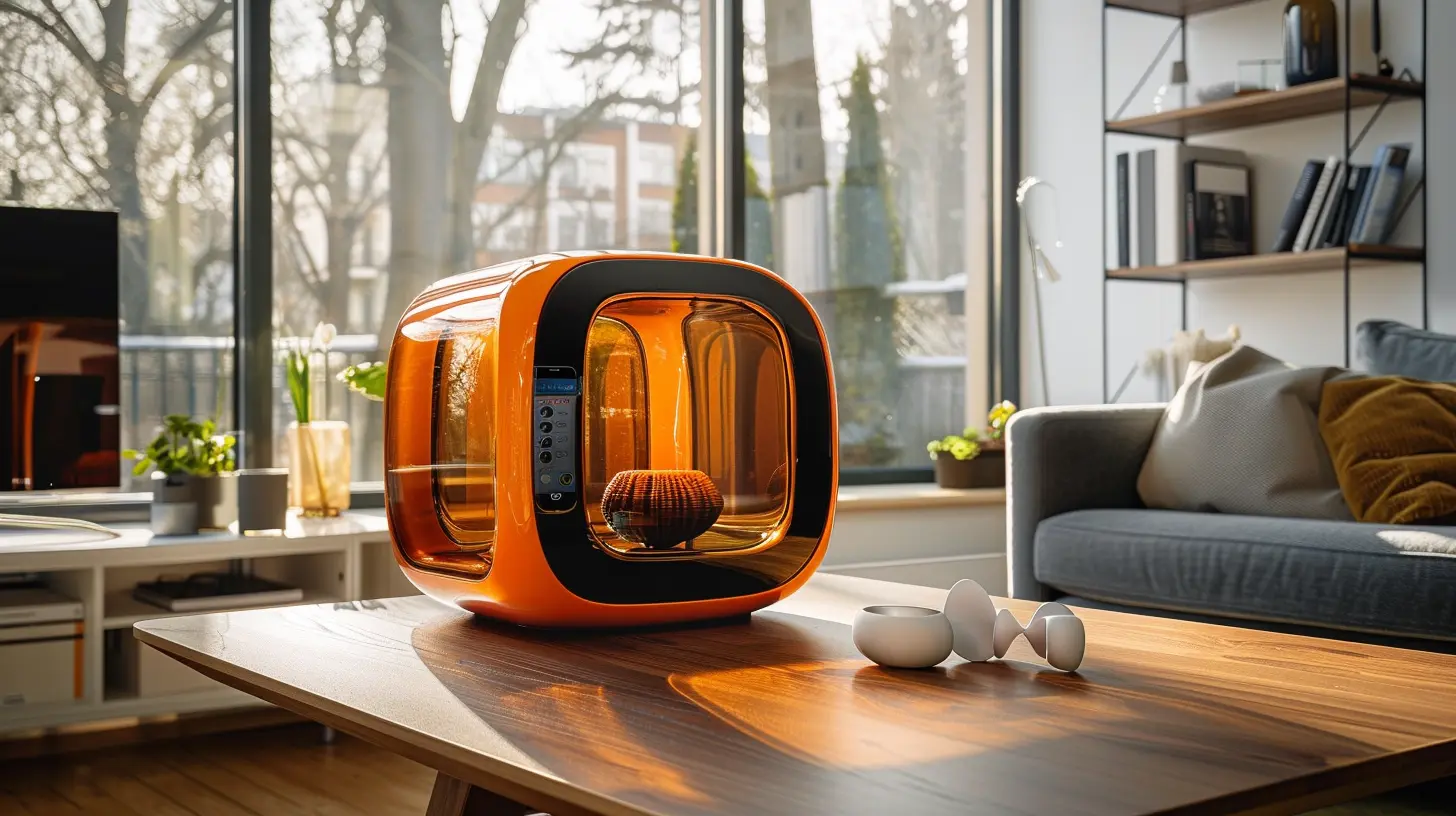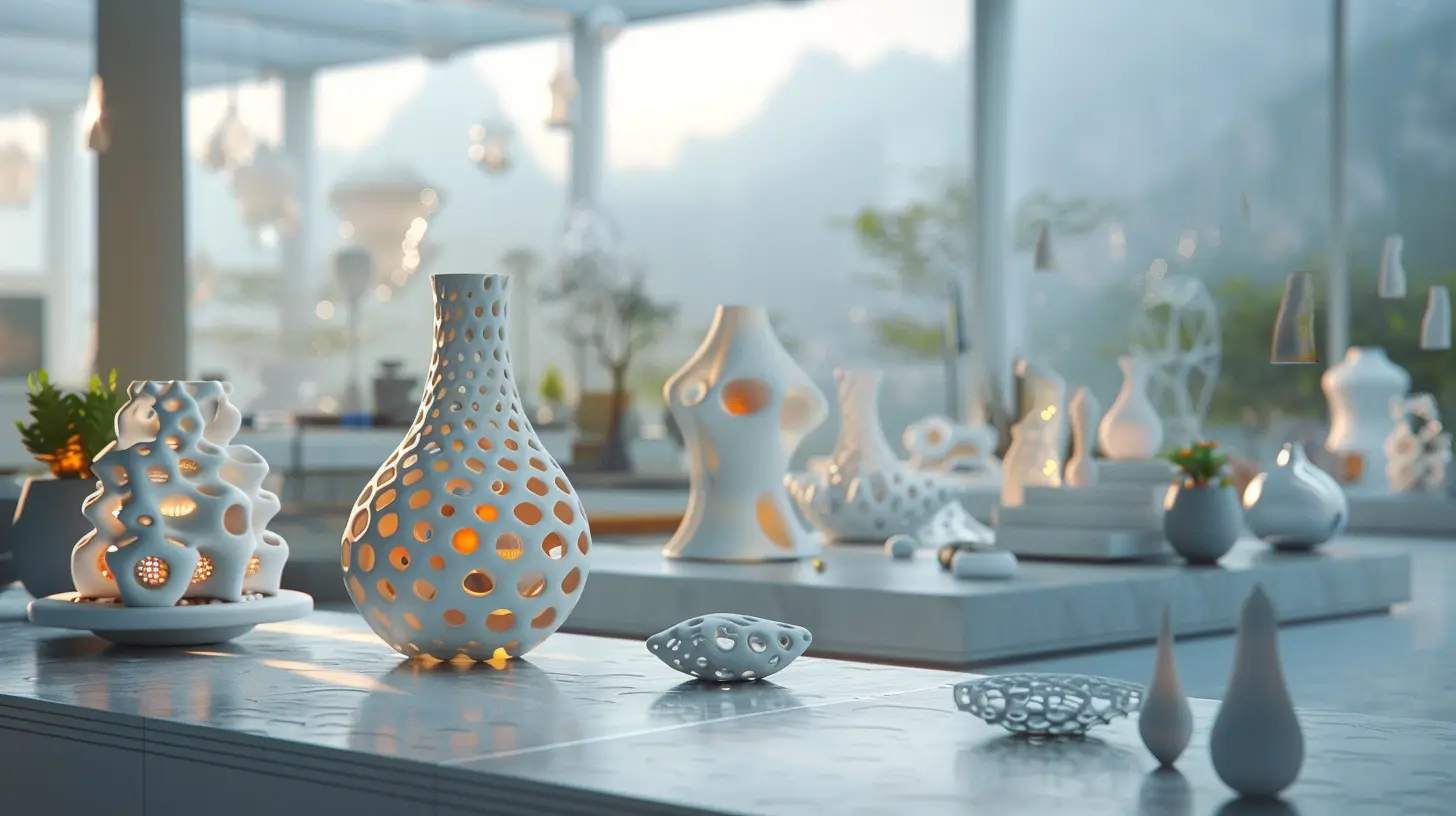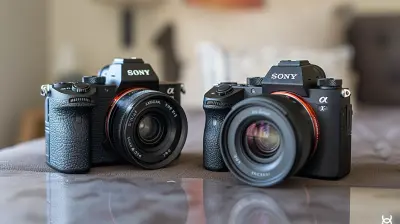How 3D Printing is Changing the Landscape of Consumer Tech
5 October 2025
Ever thought about printing your own phone case at home? Or maybe a smartwatch strap that fits your wrist just right? Sounds a bit like science fiction, right? Well, buckle up—thanks to 3D printing, the tech world is getting flipped on its head. It's not just for engineers or hobbyists anymore. 3D printing is shaking things up in a major way, especially in consumer technology.
We’re talking about a complete shift in how products are designed, manufactured, and delivered. Nearly every major tech player is either dabbling in or diving headfirst into the 3D printing revolution. So, what’s causing such a buzz about this tech? Let’s take a deeper look into how 3D printing is rewriting the rules in consumer tech—and why you should care.
What Exactly Is 3D Printing?
First things first—what are we even talking about?3D printing (also known as additive manufacturing) is the process of creating three-dimensional objects from a digital file. The printer lays down material layer by layer until the object is built. Think of it like squeezing out toothpaste—except instead of paste, it's hot plastic or resin, and instead of brushing your teeth, you're creating gadgets.
The coolest part? You don’t need a giant factory or a team of engineers. With a decent 3D printer and a design file, you can manufacture complex, usable items from your own home or office. It feels like having a mini factory on your desk.
How It’s Revolutionizing Consumer Tech
Let’s not sugarcoat it—consumer tech is an insanely competitive market. Speed, flexibility, and personalization are everything. And here’s where 3D printing strolls in like a total game-changer.1. Personalized Products Are the New Normal
Gone are the days of one-size-fits-all. 3D printing makes customization super easy. Want earbuds that fit your ears perfectly? No problem. Need a phone holder designed to fit the exact dimensions of your car’s dashboard? Done.Companies are starting to allow users to customize products before they're printed. This level of personalization wasn't really feasible before without skyrocketing costs. Now, it's within reach—and consumers are totally loving it.
> 💡 Fun fact: Brands like Formlabs and Normal are already offering customized earphones based on the shape of your ear. How cool is that?
2. Rapid Prototyping = Faster Innovation
Before 3D printing was mainstream, prototyping a new gadget was a slow—and expensive—process. You had to wait weeks (sometimes months) for a prototype to be manufactured, shipped, and tested.With 3D printing, designers can prototype and tweak their designs in real-time. Make a change. Print it. Test it. Repeat. This rapid iteration means faster innovation, fewer mistakes, and products that actually solve user problems.
Honestly, this is like going from dial-up to fiber internet in the design world.
3. On-Demand Manufacturing Reduces Waste
Traditionally, companies had to manufacture tech gadgets in large batches. This often led to overproduction and tons of e-waste. But 3D printing allows for on-demand manufacturing. That means only making an item when there's an actual order.This isn’t just good for business—it’s better for the planet. With sustainability becoming a top concern for many consumers, this shift could have a massive environmental payoff.
4. Empowering DIY Enthusiasts and Makers
Remember when tinkering in your garage was just a hobby? Now, everyday people are creating seriously impressive tech products from home. The maker community is thriving thanks to affordable 3D printers and open-source designs.Want to fix your keyboard’s broken keycap? Print a new one. Need a stand for your wireless router? Design and print it. This wave of DIY empowerment is reshaping how we think about product ownership—and it's only gaining momentum.
5. Lowering the Barriers to Entry
Starting a consumer tech company used to require deep pockets—think product molds, factories, logistics, and a warehouse full of parts. 3D printing throws that old playbook out the window.With just an idea, a CAD file, and a printer, almost anyone can prototype and launch a tech product today. It’s like a digital gold rush, where passion and creativity matter more than a giant budget.
Real-World Examples That Are Already Changing the Game
Still think this is all hype? Let’s talk real-life applications that are making waves right now:Smartphone Accessories
Phone cases, tripod mounts, wireless charging docks—you name it. All being 3D printed and personalized. Some companies are even letting consumers upload their own designs for phone accessories that get printed and shipped straight to them.Wearables and Smart Gadgets
Think fitness trackers with bands that match your wrist perfectly, or smart glasses with stylish, customized frames. 3D printing is kissing cookie-cutter designs goodbye.Home Automation Tools
That oddly-shaped corner in your kitchen where no off-the-shelf device fits? Makers are fixing problems like that by printing custom smart home mounts, adapters, and casings.Gaming Gear
Custom joystick grips? Personalized controller housings? Gamers are loving the options 3D printing gives when it comes to tweaking their gear for comfort and performance.
Challenges and Limitations — Because Nothing’s Perfect
Okay, so we’ve sung 3D printing’s praises. But let’s be real—it’s not all rainbows and unicorns. There are still a few bumps in the road.🧱 Material Limitations
Most consumer-level 3D printers work with plastics. So, if you're dreaming of printing a metal drone chassis in your garage… not happening—yet. While industrial printers can handle those materials, they’re still pricey.🐌 Speed Issues
Printing can be s-l-o-w. Depending on the complexity of the object, it might take hours—or even days—to finish a single item. Not ideal if you’re in a hurry.🎯 Precision Concerns
3D printers are super impressive, but they’re not perfect. Sometimes the final product isn’t as precise as traditional manufacturing. Warped edges, layer inconsistencies, and brittle pieces can still happen.🧑⚖️ Patent and Legal Risks
The ability to print almost anything raises some legal eyebrows. If someone starts printing copyrighted tech designs or patented components? Yeah, that’s a minefield waiting to explode.The Future of 3D Printing in Consumer Tech
We’re just scratching the surface here. As printer capabilities improve, materials diversify, and costs drop, the sky’s the limit. Think:- Mass customization becoming the industry standard.
- Print-at-home kits for common tech repairs.
- Fully recyclable tech products printed on-demand.
- Integration with AI for smarter, auto-optimized designs.
Imagine a day when your smartwatch breaks down, and instead of sending it off for repairs, you just 3D print the broken part at home. That's where things are headed.
And with innovations like bioprinting and conductive materials on the rise, we might soon see 3D-printed electronics—yes, full-on circuit boards and wearable sensors printed from your desktop.
Why You Should Pay Attention (Even if You’re Not a Techie)
Let’s say you’re not an engineer or a gadget geek—why should you care?Because 3D printing is democratizing product creation. It means more choice, better personalization, lower prices, and faster delivery for everyone. It’s putting power back into the hands of consumers—and that’s seriously cool.
Also, think about the jobs, creativity, and community it’s fueling. The next big tech innovation might not come from a Silicon Valley giant—but from a college student in their dorm room with a dream and a 3D printer.
Final Thoughts: We’re Witnessing a Tech Evolution
3D printing isn’t just a new tool on the block—it’s a paradigm shift. It’s changing how consumer tech is imagined, created, and distributed. We’re moving from mass production to mass personalization, from big factories to desktop manufacturing.Whether you’re a tech enthusiast, an entrepreneur, or just someone who loves cool gadgets, this is a space worth watching. Because the future is being built layer by layer—and it’s being printed in 3D.
all images in this post were generated using AI tools
Category:
Technology InnovationAuthor:

Pierre McCord
Discussion
rate this article
1 comments
Karly Hahn
As 3D printing revolutionizes consumer tech, it unearths a realm of possibilities yet to be realized. What hidden innovations lurk in the shadows, waiting to disrupt our perceptions of creating and owning? The future is printed, but the question remains: who will hold the blueprint?
October 9, 2025 at 4:39 AM

Pierre McCord
Absolutely! The potential of 3D printing in consumer tech is vast, with innovations ranging from customized products to sustainable manufacturing. As we embrace this technology, the key will be collaboration between creators, consumers, and innovators to redefine ownership and creativity. Who holds the blueprint? Perhaps it's up to all of us to shape the future together.


